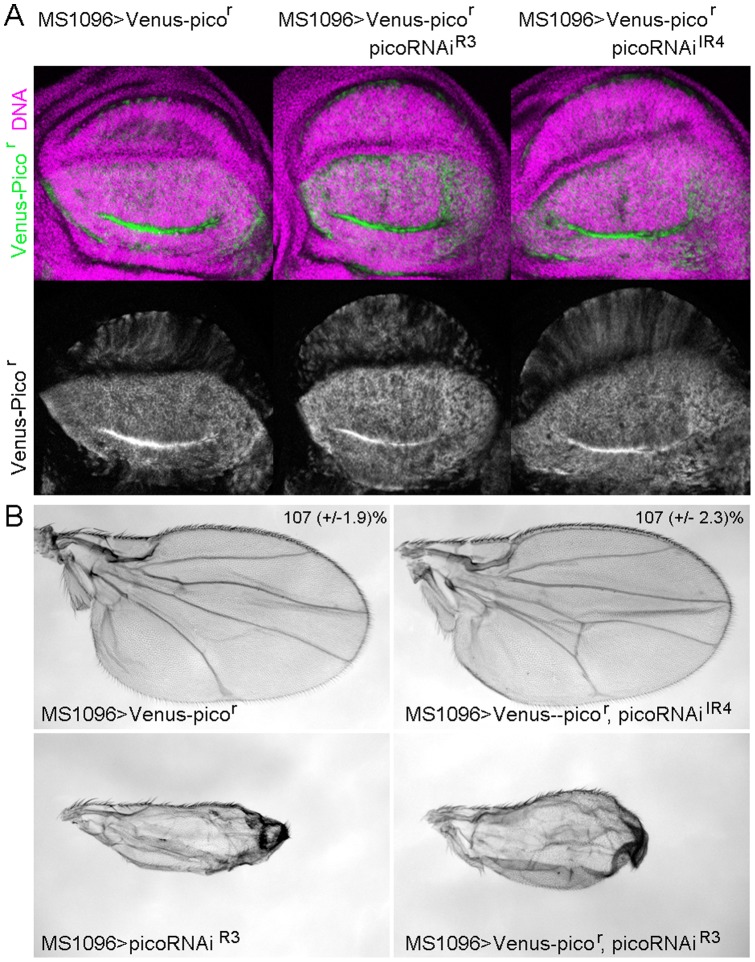Figure 3. A synthetic RNAi-resistant pico transgene rescues the phenotypic effect of ectopic picoRNAiIR4 but not picoRNAiR3.
A) Expression of a synthetic, Venus-tagged, pico transgene is not affected by co-expression of picoRNAi constructs. Confocal images of wing imaginal discs from flies expressing UAS-Venus-picor alone (MS1096>Venus-picor), or together with UAS-picoRNAi constructs (MS1096>Venus-picor, picoRNAiR3 or MS1096>Venus-picor, picoRNAi IR4) are shown. DNA staining with TO-PRO-3 (magenta in the merged image) reveals that each image is of a similar section through the disc, whilst the Venus signal (green in the merged image) reveals that the levels of Venus-picor are largely unaffected by co-expression with the pico inverted repeat constructs. B) Ectopic expression of Venus-picor rescues the growth defect resulting from picoRNAiIR4, but not the wing dysmorphology phenotype displayed by picoRNAiR3. Ectopic Venus-picor under the control of MS1096-GAL4 (MS1096>Venus-picor) results in an increase in wing size. Ectopic picoRNAiR3 (MS1096> picoRNAiR3) results in a crumpled wing (similar to the effect of co-expressing picoRNAiR2 and picoRNAiIR3, as in Figure 1C), and this is not suppressed by Venus-picor (MS1096>Venus-picor, picoRNAiR3). In contrast, coexpression of Venus-picor and picoRNAiIR4 (MS1096>Venus-picor, picoRNAiIR3) resembles the effect of Venus-picor alone.

